
NTT集團:實現800Gbps超高速
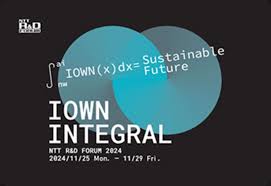
NTT R&D FORUM 2024:
The theme is the practical application of “IOWN INTEGRAL”.
NTT will hold “NTT R&D FORUM 2024” at the NTT Musashino Research and Development Center from November 25th to 29th.
At this event, NTT Group’s latest research and development will be introduced.
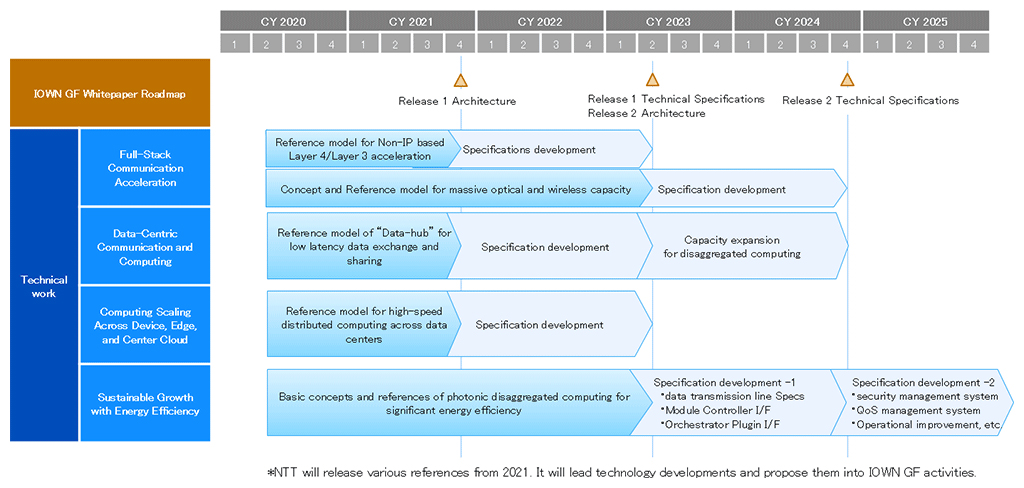
IOWN Roadmap: Shingo Kinoshita, General Manager of NTT Planning Department
NTT has revealed its plan to put IOWN (Innovative Optical and Wireless Network) into practical use.
Achieving the world’s highest speed of 800Gbps:
The most noteworthy event is the launch of “All-Photonic Connect powered by IOWN”.
1. IOWN achieves the world’s highest standard of maximum bandwidth of 800Gbps.
2. Achieved a dramatic 8x performance improvement from the previous 100Gbps
Provides an Ethernet interface, creating an environment that is easier for companies to adopt.
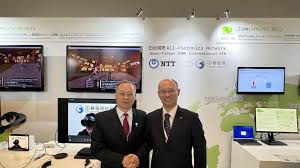
Connects 3,000km between Japan and Taiwan in 17ms:
Conducted a demonstration experiment to demonstrate the capabilities of IOWN’s APN (All Photonic Network).
1. APN connection between Japan and Taiwan (approximately 3,000km)
2. Realized ultra-low latency of just 17ms
In addition to the physical latency (15ms) due to light propagation, the effective latency is 1-2ms.

Demonstration experiment taking advantage of ultra-low latency:
Experiments with backup systems in the event of a disaster and remote production.
1. Transfers data from Japanese factories to data centers other than those in Japan.
2. Backs up data in real time at data centers in Taiwan as well.
Achieved a transfer speed that was “3x faster than the previous FLET’S Hikari and twice as fast as a typical dedicated line.”

Energy saving for 5G base stations:
Kinoshita also proposed energy saving for 5G base stations as an example of how APN can be used.
1. Communication demand differs depending on the time of day, such as in residential areas and commercial areas.
2. Regional base stations can be linked to achieve efficient operation and significantly reduce power consumption.
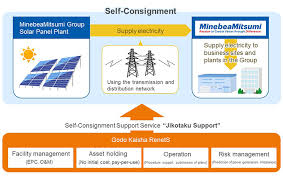
Linking DC with renewable energy:
Kinoshita explained “efficient use of data centers and renewable energy.”
1. Currently, most data centers are concentrated within a 50 km radius of Otemachi.
2. On the other hand, solar power plants are installed in the suburbs outside the 50 km radius.
Installing DC near solar power plants:
Realizing “watt-bit linkage,” which replaces power transmission costs with communication costs.
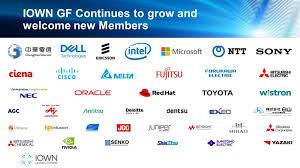
Development of DCI-2 (Data-Centric Infrastructure):
The DCI-2 plan will be commercialized around 2026.
The goal is to increase power efficiency by eight times compared to the current system.
Google joins IOWN:
1. Currently, 154 companies are participating in the IOWN Global Forum.
2. Google recently joined, and recognition in the industry is steadily spreading.
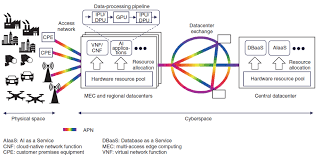
Improving the efficiency of 5G base stations and internal communications with IOWN:
1. Taking on the challenge of power saving with mobile fronthaul.
2. Linking base stations in areas with different demand at different times of the day.
Applying IOWN’s APN technology to mobile fronthaul will realize a new way of operating base stations.
https://news.yahoo.co.jp/articles/7d27669e322b47a2371b11ff6b9abda5a55de154?page=2